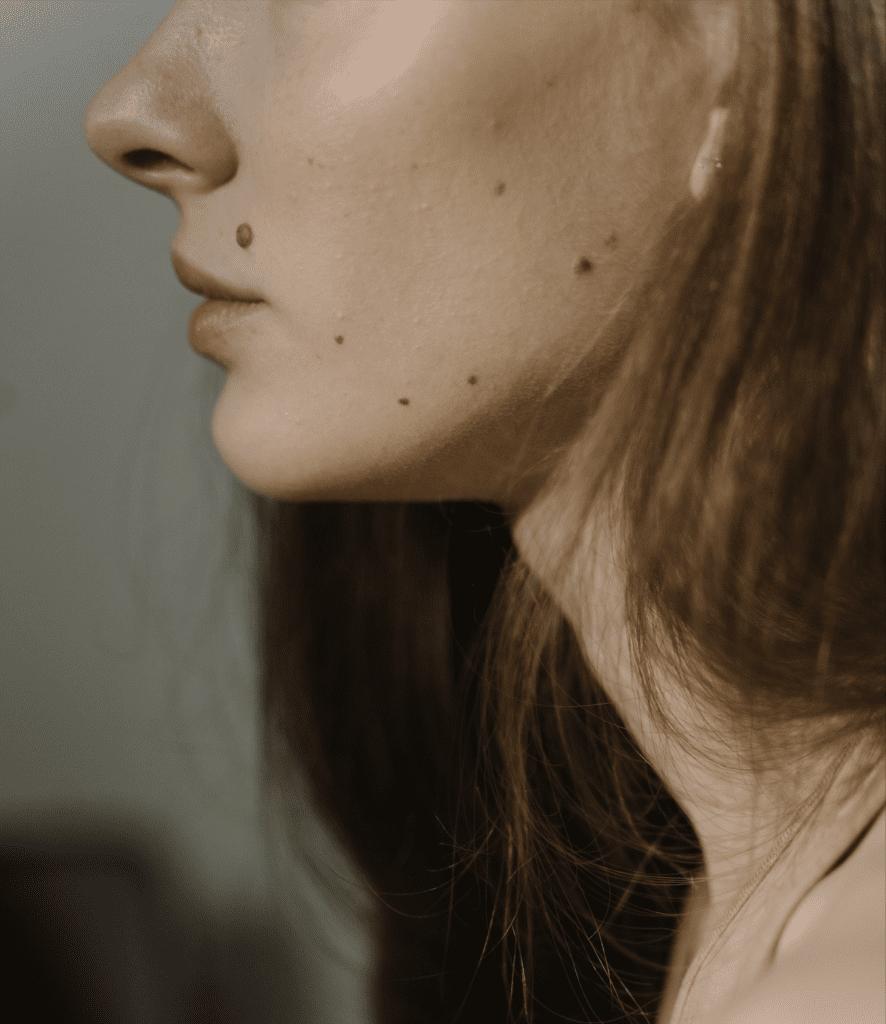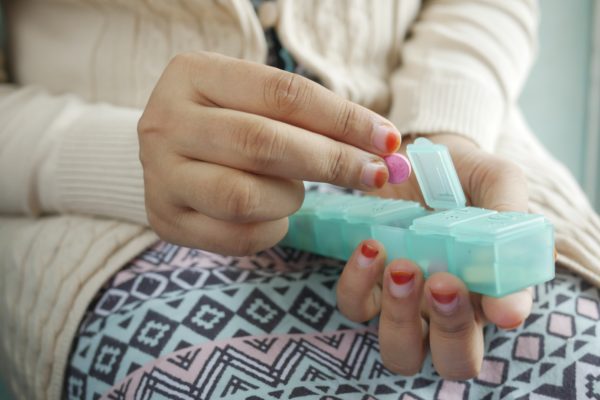Each year, 7,000 people will be diagnosed with skin cancer in British Columbia. Often times they are aware that they were at risk of developing skin cancer at all. Because of this, it is important to understand what increases your risk of developing skin cancer. Keep reading as Dr. Ben Wiese discusses the factors that increase your risk of developing melanoma, the most deadly form of skin cancer.
UV Radiation & skin cancer risk
Exposure to ultraviolet radiation is hands down the biggest risk factor for developing skin cancer, and the sun is our main source of UV rays. If you were exposed to the sun for an extended period of time as a child, or experienced repeated exposure over a long period of time, your risk of developing skin cancer increases. In order to reduce your risk, it is important to protect your skin all the time, not just when you are outside. Develop the healthy proactive habit of using sunscreen on a daily basis. Treat it like you treat flossing and brushing your teeth. Dr. Ben has a rule that helps with an easy way to know when the sun’s rays are strong: When your shadow is shorter than you, the sun’s rays are at their strongest. That’s when you’re more likely to burn and cause UV induced DNA damage to your cells. Tanning beds contain the same UV rays as the sun and should be avoided altogether. Did you know, that if you had only one tanning bed exposure before the age of 30, your risk of developing Melanoma, increases with 75%?

Changes in our skin as we age
Moles are a natural occurrence on the skin, and for the most part they are harmless. However, individuals with more than 50 moles total on their body, or 7+ moles on the left arm, are at an increased risk for developing melanoma. Additionally, if a person has atypical moles, or anything that looks abnormal, they may also be at an increased risk of developing skin cancer. If you notice any changes in shape, size, or colour of the mole, it is important to get it assessed by a professional.
What role does eye colour play?
If you have fair or light skin, eyes, and hair, you are likely at a higher risk of developing skin cancer in your lifetime. Individuals with lighter features have less melanin, which gives skin its colour. Melanin offers some protection from the effects of UV rays. The damage from long term exposure to UV rays increases the probability of developing cancer in the future. Anyone with light skin should take precautions to protect themselves from the sun— like includes wearing sunscreen and protective clothing.
Your family’s history of skin cancer
If you or anyone in your immediate family have a history of skin cancer, your risk of developing it increases. Immediate family members include your parents and siblings. This is likely be due to you all having similar skin colours, as well as having similar sun exposure habits. While genetics have been known to play a role in developing cancer, it is rare.
While this article discusses the major factors that increase your risk of developing skin cancer, it is not a comprehensive list. In order to reduce your risk of developing skin cancer, it is important to protect yourself from the harmful effects of the sun. This includes wearing sunscreen on a daily basis, wearing UV protective clothing when in the sun and staying aware of changes in your skin. It is also a good idea to do a monthly self-skin check of all your moles. If you are wondering how you can do that, you can complete a monthly self-skin check here.
If you notice a change in any moles, you can ask your family physician to refer to Dr. Ben Wiese of Kelowna Skin Cancer Clinic. Dr. Wiese is certified in skin cancer screening and treatments and has the technology and knowledge needed to asses, diagnose and treat the various types of skin cancers.




